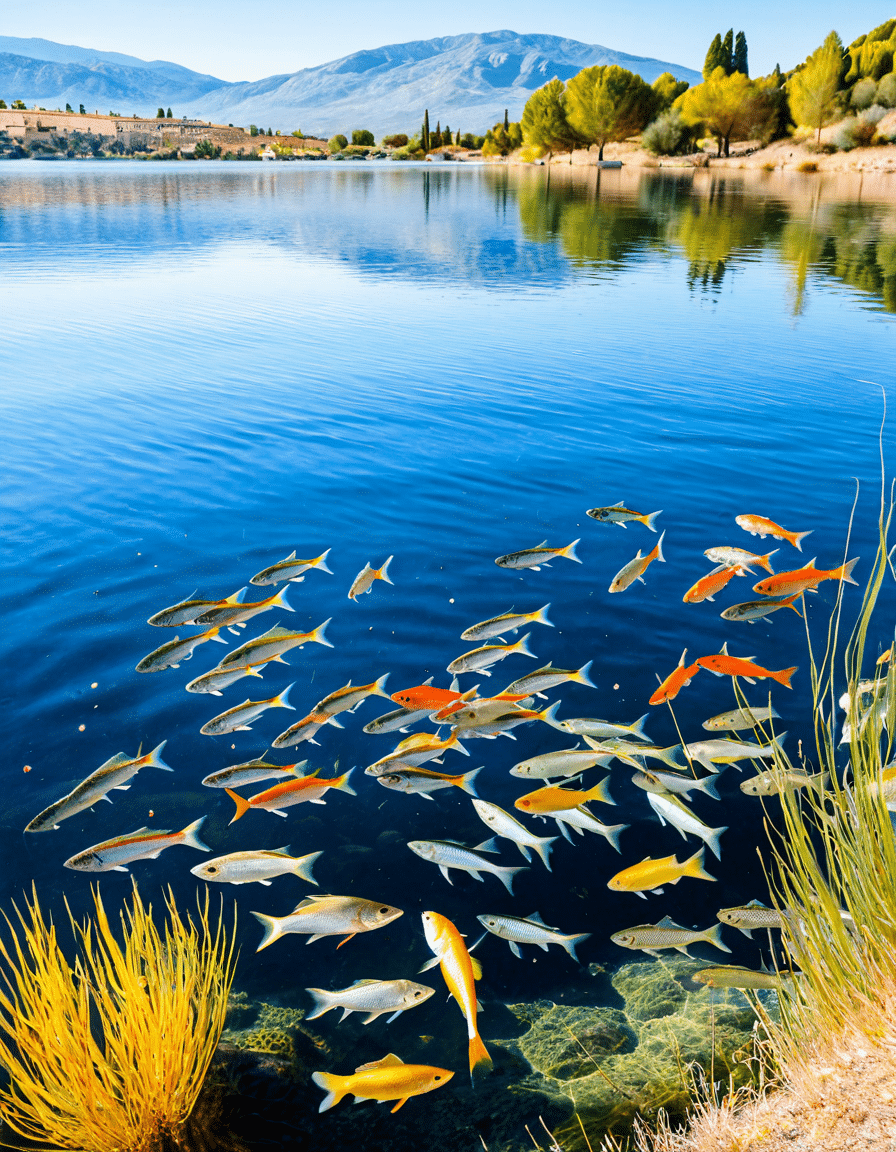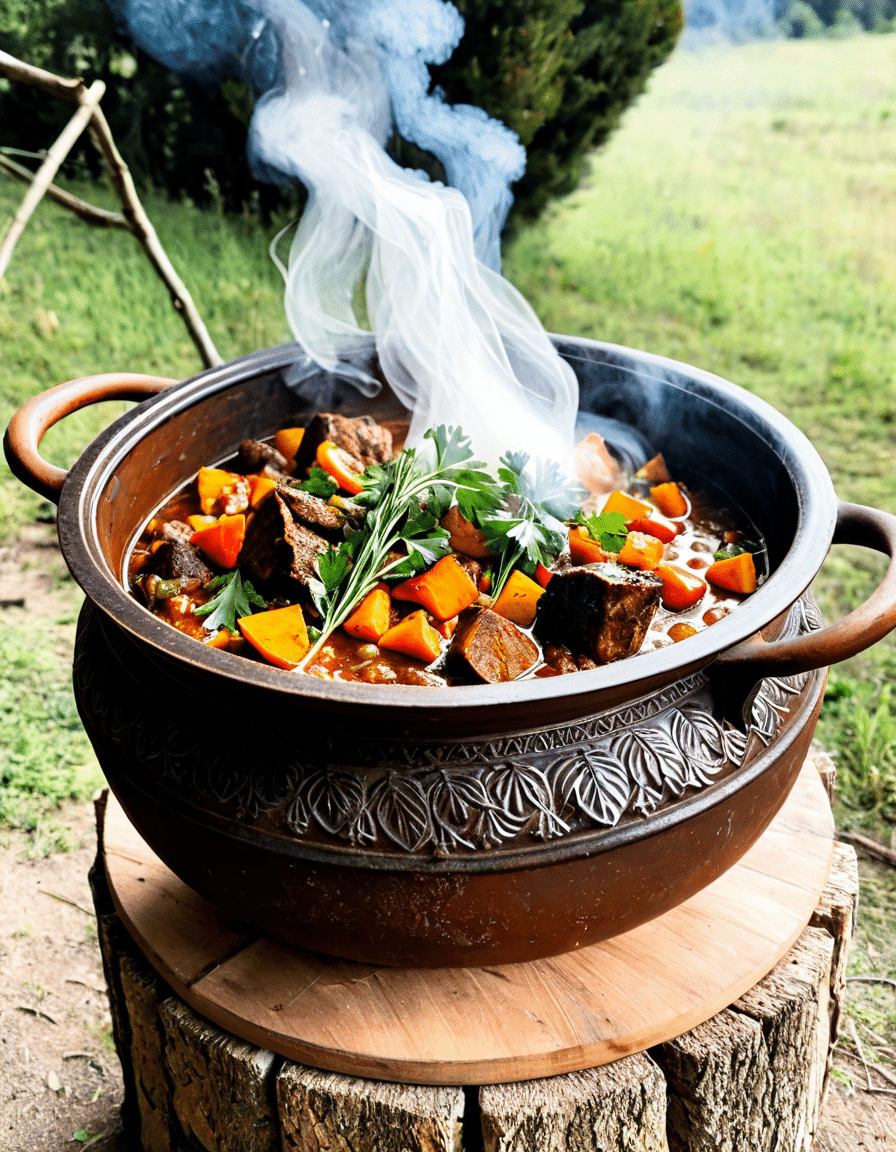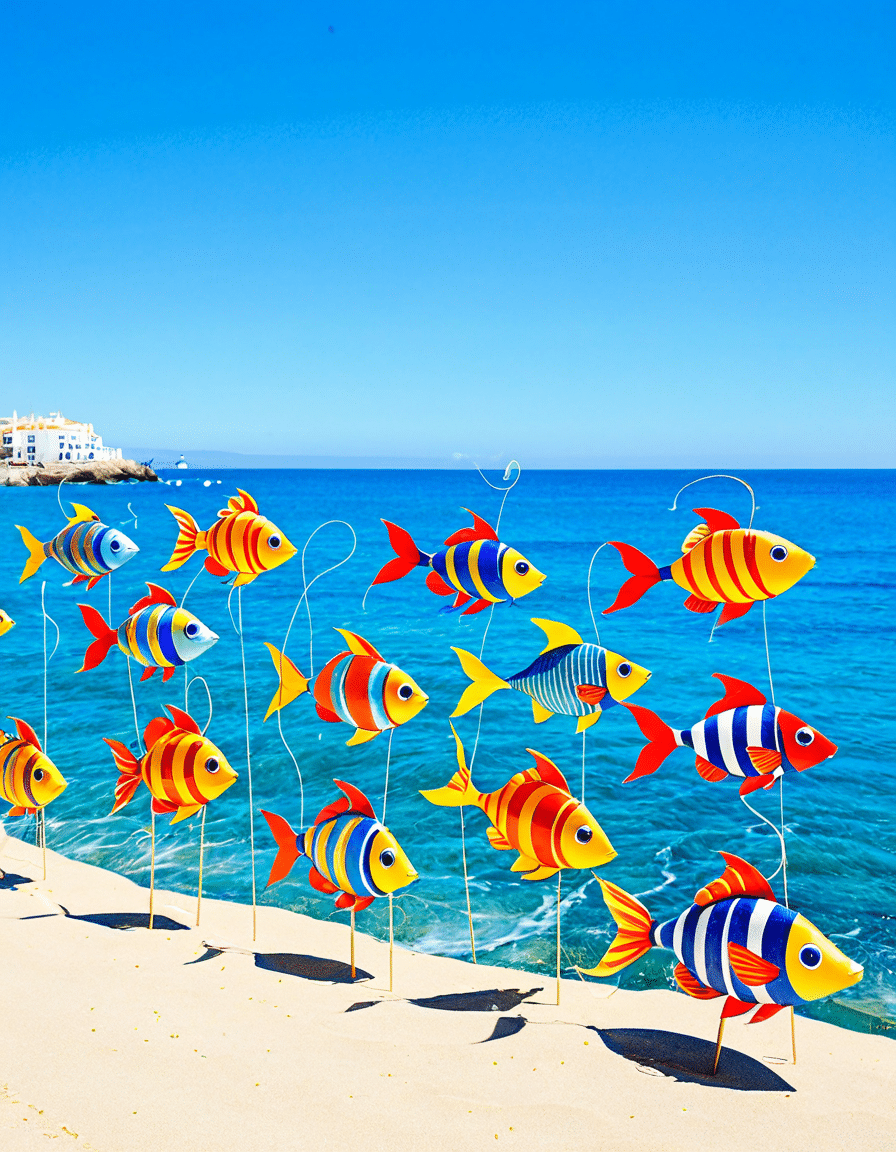The term fish in Spanish encompasses a stunning array of species that play a crucial role in both cuisine and culture. From bustling markets in Madrid to coastal towns in Latin America, fish indeed holds a special place on the table. Spanish-speaking regions are blessed with an extensive variety of fish, each boasting its unique charm and culinary attributes. This article will guide you through the colorful names, types, and cultural significance of fish in Spanish-speaking countries, reflecting the passion of culinary traditions and scientific understanding.
1. The Colorful World of Fish in Spanish: Names and Variants
Understanding fish begins with recognizing the vibrant diversity they represent. In Spanish, the names of fish convey not only what they are but also their cultural significance. Take, for instance, the delightful “pescadilla.” This term refers to a variety of fish, commonly white fish, loved for their tender taste in various culinary contexts. In kitchens across Spain, this fish features prominently, especially in stews or grilled preparations.
Another noteworthy name is “atún” (tuna), a powerhouse in both nutrition and culinary versatility. You’ll find it as a key ingredient in salads, sandwiches, and even sushi! It plays a massive role in local markets, attracting food lovers and health enthusiasts alike. Spanish cuisine embraces the joy of eating fish, with a range of names that make this world even more appealing. Fish is more than just food; it’s a tradition that finds its way into countless meals and family gatherings.

2. Exploring the Top 7 Types of Fish in Spanish Cuisine
Let’s dive deeper into seven of the most cherished fish types in Spanish-speaking countries. These selections not only highlight their unique characteristics but also their popular preparations:
1. Bacalao (Cod)
A staple during the holidays, bacalao is usually preserved in salt. It’s served in various ways—fried, in stews, or the famous bacalao a la vizcaína, where it’s cooked with a rich pepper sauce that warms the soul.
2. Merluza (Hake)
On Spanish tables, merluza is a household favorite. It’s often grilled and served as merluza a la plancha with fresh vegetables, making it a healthy option for lunch in Spanish households.
3. Salmón (Salmon)
While it may not be indigenous to Spain, salmón has become increasingly popular lately. It’s frequently prepared ahumado (smoked) for sandwiches or as sushi rolls—a perfect example of global culinary influence!
4. Dorada (Sea Bream)
Considered a gourmet fish, dorada is loved for its sweetness. Whether baked with herbs or grilled, it’s often paired with lemon to enhance its flavors, showcasing how simple ingredients elevate dishes.
5. Lubina (Seabass)
With its tender flesh, lubina lends itself to various recipes. A favorite preparation features a fragrant herb and olive oil sauce that makes it a delight during family dinners.
6. Trucha (Trout)
Found mainly in river-rich areas, trucha is typically grilled whole, garnished with herbs and lemon. This tradition is prevalent especially in the Pyrenees, where fresh catches are a culinary treasure.
7. Sardinas (Sardines)
Sardinas are almost synonymous with summer barbecues in Spain. Marinated and grilled, they represent family gatherings over long lunches and are often served with bread and salad—a symbol of community.
3. Cultural Relevance: Fish Traditions in Spanish-speaking Nations
The cultural significance of fish consumption cannot be overstated. In Spain, during Semana Santa (Holy Week), a time of fasting for many, cod dishes become the star of the show. This tradition underscores the importance of fish not just for nourishment but also for community bonding.
In coastal nations, the Día de la Sardina festival shines a light on fish, celebrating candid moments shared over a grilled feast. These events reflect how deeply fish is woven into the fabric of Spanish lifestyle and culture. Speeches filled with similes and idioms, like “como pez en el agua” (like a fish in water), capture the joy and comfort that fish brings, illustrating our connection to the environment and each other.

4. Pink in Spanish: The Fascination with Fish Colors
Exploring pink in Spanish, originating from the term “rosa,” reveals its significance in the culinary world. The color of fish often enhances both presentation and appetite. Consider the vibrant hues of salmón, which don’t just appeal visually but also enhance its perceived value in dishes. The scientific foundation behind these colors lies in their ability to attract consumers and reflect quality.
Fish colors can indicate freshness and come from their diet or environment. Their shades can transform any plate into a work of art, making dishes astounding to look at and even better to taste. This pursuit of vibrant colors leads chefs to experiment, ensuring culinary creations are as delightful as they are delicious.
5. The Global Impact of Fish in Spanish
Fish in Spanish has left its mark far beyond national borders. The global demand for fish like ceviche from Peru encapsulates the cultural exchange in culinary practices. This dish, packed with flavor and freshness, influences diets globally and showcases the unexpected routes food can travel across cultures.
According to data from the United Nations Food and Agriculture Organization, trends in fish consumption continue to rise substantially. This rise corresponds with increased awareness around sustainable farming practices, especially in Spanish-speaking countries. As more people recognize the nutritional benefits of fish, traditional dishes gain international appreciation.
6. Sustainable Practices: A Look Ahead
With the growth of fish consumption, the spotlight intensifies on sustainability. Brands such as Sustainable Fishery and Ecological Seafood push the envelope on responsible sourcing. Their initiatives address major challenges like overfishing and the environmental impact caused by unsustainable practices.
The future of fish in Spanish cuisine depends on these innovations within aquaculture. Protecting diverse fish species and natural habitats is crucial, ensuring culinary traditions can thrive sustainably. As fish lovers, it is our responsibility to partake in these efforts and savor the incredible variety of fish without compromising future generations.
A Final Thought
In exploring fish in Spanish, we celebrate more than just food; we embrace traditions and cultural identity. The fusion of unique fish varieties and sustainable practices promises a flavorful future for generations to come. Whether you’re relishing a savory plate of sardinas or enjoying a serene meal at home with merluza, the joy of sharing fish continues to unite us all. Dive into this culinary journey. It’s time to savor both the taste and the stories they carry!
Discovering Fish in Spanish: Fun Trivia and Interesting Facts
The Fascinating World of Fish Names
When diving into the fish in Spanish lexicon, you’ll uncover some charming terms that spark joy. For instance, the word for “fish” translates to “pez,” but the fun doesn’t stop there—there are delightful variations based on species and context. Did you know that certain fishes get their unique names based on their colors or habitats? It’s much like how aunt in Spanish is “tía, showcasing the rich linguistic tapestry that unfolds as you learn. And if you’re in the mood for storytelling, consider exploring the enchanting tale of please don’t destroy the treasure of foggy mountain, reminding us how treasures—like words—should be cherished.
Cultural Connections
Spanish-speaking cultures, especially coastal communities, have a profound relationship with the sea and its bounty. For instance, the famed “sardina” (sardine) isn’t just a menu item; it’s also a staple in many cultural dishes. Knowing how to say handsome in Spanish as “guapo” can open doors to lively exchanges about fresh catches at a local fish market, where the vibrancy of language truly comes alive.
Expanding Your Vocabulary
If you’re on a mission to grow your Spanish vocabulary, the fish world offers a feast for your curiosity. Trying to differentiate shapes, sizes, or even flavor profiles can lead to phrases like “largo” for long, or “corto” if you want to refer to them as short in Spanish. These terms gear you up for everything from casual chats to culinary discussions. Also, did you know films like White Oleander touch on themes related to fish and identity? Just like a trans man navigating his journey, every term has a story waiting to be told.
In the end, each name and term around fish in Spanish connects us to the vast narrative of our oceans and cultures. Woven into this living language are tales of adventure, color, and even family, much like the cherished moments found in shows like Suite Life on Deck. So whether you’re fishing for knowledge or diving into Spanish cuisine, remember that language, much like the sea, is both deep and beautifully unpredictable. Keep exploring—there’s always more to discover!






















